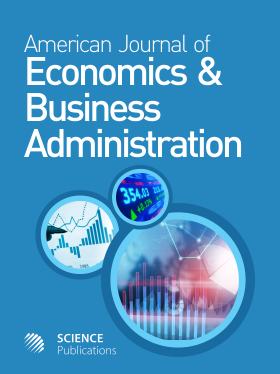A BIVARIATE PROBABILITY MODEL TO IDENTIFY "HONESTY" VERSUS "CHEATING" IN ECONOMIC SURVEYS: XENOPHOBIA IS ILLUSTRATED
- 1 Texas State University, United States
Abstract
Making successful policies for manufacturing or globalized business sectors require "honest" answers by the respondents in the surveys. When some respondents cheat in their answers to the questions in a survey for a variety of reasons, the survey results become useless. Currently, there is no appropriate probability model to address this phenomenon "cheating" in a survey. An efficient methodology is needed to estimate the proportion of "cheaters" in a survey and assess the statistical significance of the estimate. Such a methodology does not exist now in the literature. This article fulfils the need. In a pioneering manner, this article has formulated a bivariate probability model to explain the "cheating" in surveys. Several statistical properties of this new model are identified and explained. For illustration of the new probability model, the responses from 259 less and 217 more educated Germans about xenophobia are considered. The xenophobia is a stumbling block to a successful business operation in this globalized economy. Two psychometric reasons: "Insecurity level" and "social pressure" behind the xenophobia are captured with the help of the probability model and they are explained. The model of this article helps to predict "honesty" versus "cheating" levels in a survey. A statistical testing procedure is prepared to check whether an estimated "social pressure" level is significant.
DOI: https://doi.org/10.3844/ajebasp.2014.42.48

- 3,841 Views
- 2,349 Downloads
- 0 Citations
Download
Keywords
- Marginal and Conditional Probability Mass Function
- Randomized Response Technique
- Likelihood Ratio
- P-value
- Power
